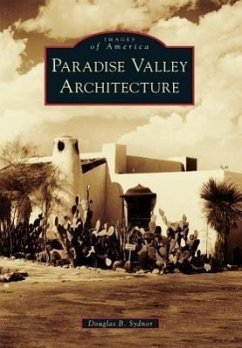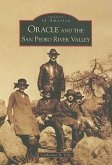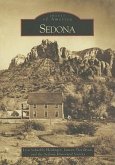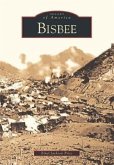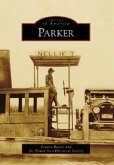Three surveyors in the late 19th century were so attracted to the area's desert beauty that they named it "the Paradise Valley." Starting in the 1920s, adobe homes were constructed in various revival styles. In 1936, the Camelback Inn resort set a high-quality standard with an inviting and relaxed character. Other guest lodges arrived, including the Hermosa Inn and the El Chorro Lodge. The 1950s brought more luxurious resorts, including the Paradise Valley Racquet Club and the Mountain Shadows Resort. With the threat of Phoenix or Scottsdale annexing the area, the citizens started debating incorporation in 1949 and were successful in 1961. Churches, schools, town facilities, and single-family homes followed. Numerous town ordinances were adopted to preserve a quiet, desert lifestyle such as burying all utilities, restrictive zoning, and hillside preservation.
Hinweis: Dieser Artikel kann nur an eine deutsche Lieferadresse ausgeliefert werden.
Hinweis: Dieser Artikel kann nur an eine deutsche Lieferadresse ausgeliefert werden.

